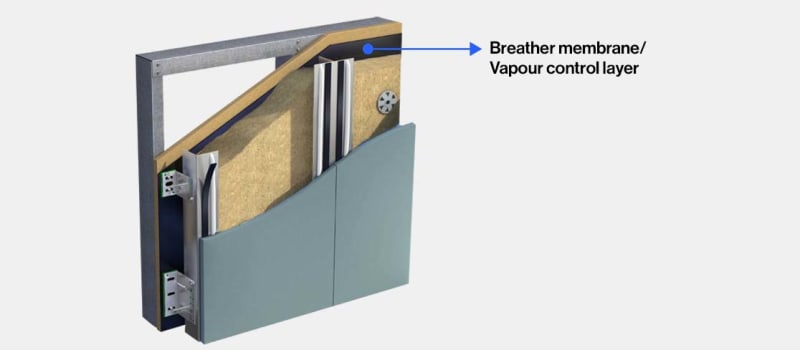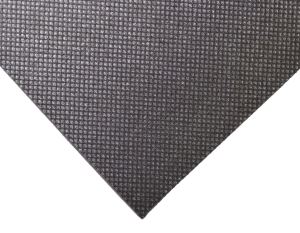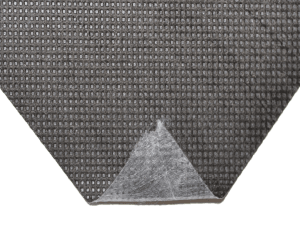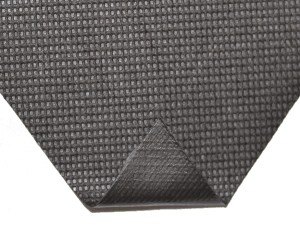
What are the considerations when choosing a breather membrane for a rainscreen façade system?
- Read time: 2.5 minutes
- Date: 26 Jan 2023
- Rainscreen & Façades
A breather membrane is a protective but breathable layer. It protects the internal environment of the building from moisture ingress whilst allowing water vapour to escape.
A breathable layer of protection is needed to stop condensation forming within the external wall construction. Any build-up of condensation could lead to damp, causing damage to the building.

How should I choose a breather membrane for my rainscreen?
Broadly, there are two main categories of rainscreen façades known as ‘open’ and ‘closed’ façades.
In simple terms open façades have a clear path for moisture to pass through the external face. They will also allow the penetration of UV rays through the façade.
A closed façade is still ventilated at the top and bottom, but the façade panels are configurated in such a way that there is no clear path for moisture to pass through.
The type of breather membrane you will need depends on the type of rainscreen being installed.
An open façade will need to incorporate a breather membrane that is resistant to UV rays.
Other varieties of breather membranes can be used for closed façades.
How does UV exposure affect a membrane?
If materials without UV protection are left exposed to UV rays, they will start to degrade. An unprotected membrane will get brittle over time. For example, membranes without UV protection could degrade within three months if left exposed.
What types of breather membranes are available?

Breather membrane 100
Hydrophobic (i.e. waterproof) non-woven construction
Known as House Wrap
CE marked
Available in 1.6m x 100m or 2.7m x 100m rolls

UV120
Highly resistant to UV exposure
Breathable
Moisture proof preventing rain penetration
Use tape to seal edges
For use on gaps up to 30mm

UV160SA
For use behind open façades
Highly resistant to UV exposure
Breathable
Moisture proof preventing rain penetration
Self-adhesive along the top edge, tape required for vertical overlaps
For use on gaps up to 50mm

